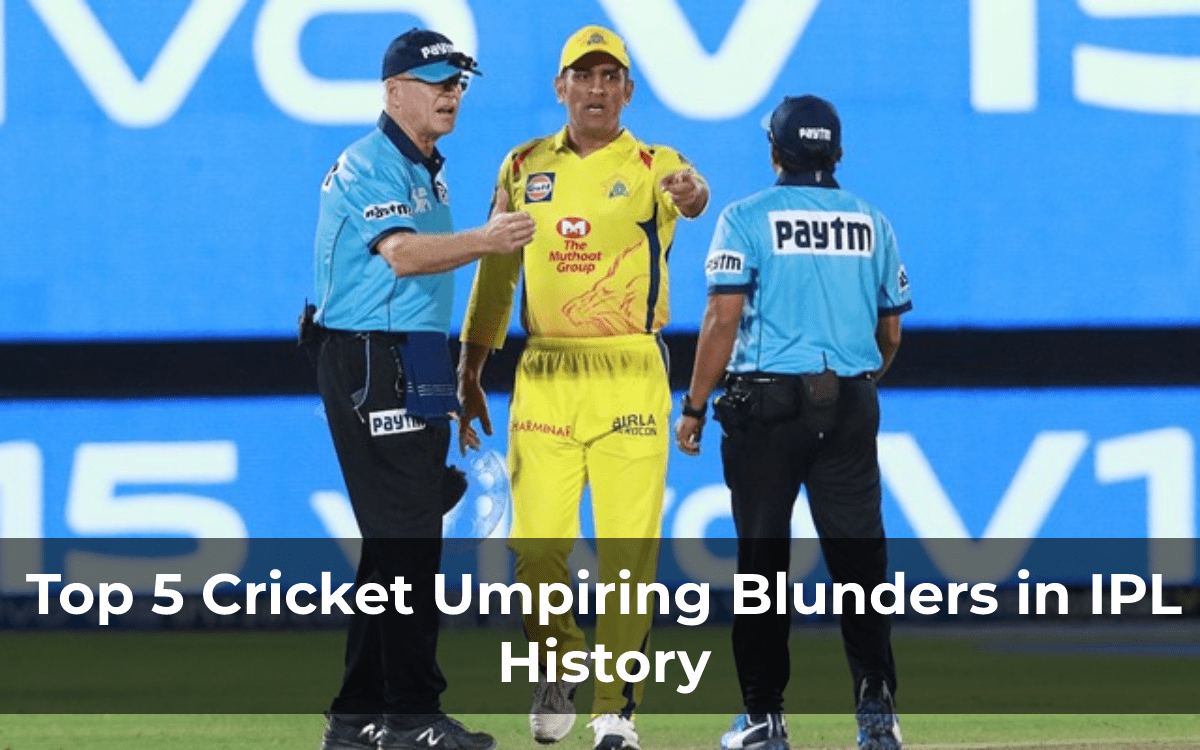Cricket, known as the gentleman’s game, is a sport that thrives on fair play, sportsmanship, and a sense of camaraderie among its players. Umpiring is essential in upholding fairness and equality in sports by ensuring accurate decisions. This maintains a level playing field for all participants. However, umpires are human, and despite their best intentions, errors are inevitable. Even in high-profile tournaments like the Indian Premier League (IPL), where the stakes are high, and the pressure is immense, umpiring blunders have sometimes affected the course of games. This blog post looks at the top 5 cricket umpiring blunders in IPL history.
Umpiring Blunder 1: Decides Outcome of RCB vs MI IPL Match in 2019
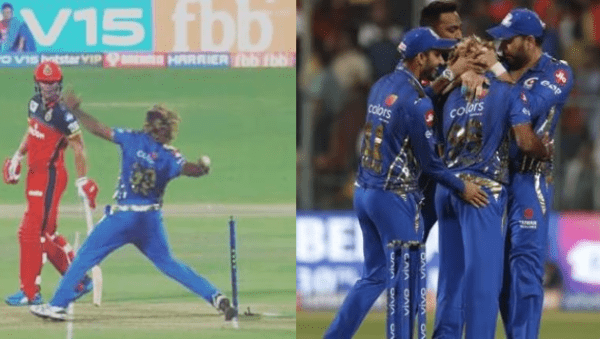
In the intense 2019 IPL match between Royal Challengers Bangalore (RCB) and Mumbai Indians (MI), a crucial decision was made regarding a no-ball that unfortunately went unnoticed by the umpire. During the match’s final moments, RCB required seven runs from the last ball when Lasith Malinga delivered a waist-high full toss to Shivam Dube that should have been deemed a no-ball.
However, the umpire, S. Ravi, failed to spot it, resulting in MI winning the match. Had the no-ball been called, RCB would have been granted another delivery, along with a free hit, to try and score the remaining runs. This could have altered the outcome of the game, leaving many questioning the accuracy and attentiveness of the umpire.
Umpiring Blunder 2: Shapes Outcome of CSK vs RR IPL Match in 2018
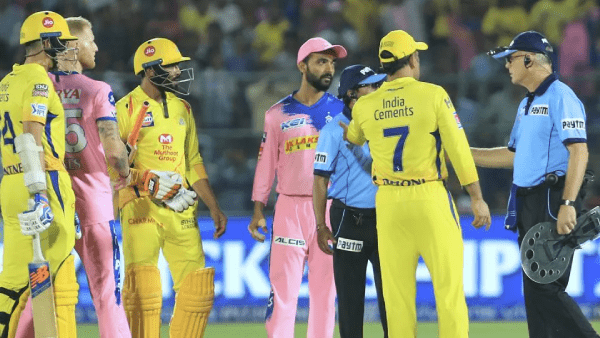
In a highly anticipated IPL match between Chennai Super Kings (CSK) and Rajasthan Royals (RR) in 2018, the on-field umpire made an aggressive call involving English cricketer Ben Stokes. Initially, Stokes has declared out lbw (leg before wicket) by the umpire, but the decision was later overturned as the referee believed that the ball had made contact with the bat before hitting the player’s leg.
However, upon further examination of the replays, it was revealed that the ball had indeed hit Stokes’ pad before coming into contact with the bat. Therefore, the original decision of being out should have been upheld. Despite this error, Stokes contributed crucial runs that ultimately helped RR secure a victory that may only have been attainable with the umpiring mistake.
Umpiring Blunder 3: 2010 IPL Match between KXIP and DC
The Indian Premier League (IPL) match held in 2010, pitting Kings XI Punjab (KXIP) against Deccan Chargers (DC), was marred by a controversial umpiring decision. During the match, Kieron Pollard, playing for DC, faced a delivery from Irfan Pathan, which appeared to have been edged to the wicketkeeper. Unfortunately, the on-field umpire deemed it not out, much to the disappointment of the KXIP players.
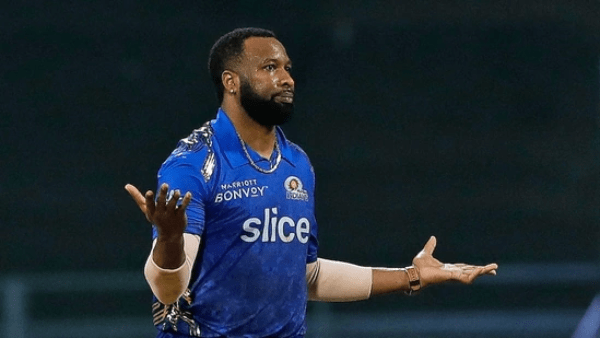
Despite the controversial decision, Pollard seized the opportunity and scored a match-winning 20-ball 40, helping his team clinch a crucial victory. The incident sparked debate, with some fans and pundits questioning the umpire’s decision and its impact on the match’s outcome. Nevertheless, the match will be remembered for Pollard’s impressive performance and the controversy surrounding the umpiring decision.
Umpiring Blunder 4: 2013 IPL Match Between KKR and RCB
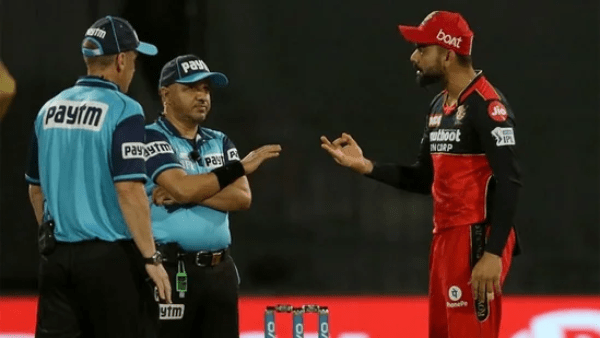
During the 2013 Indian Premier League (IPL) match between the Kolkata Knight Riders (KKR) and the Royal Challengers Bangalore (RCB), KKR experienced a significant setback due to a disputed decision. KKR appealed for a catch behind against RCB batsman Chris Gayle, but the umpire ruled him as not out. However, upon reviewing the replays, it was revealed that the ball had touched Gayle’s glove en route to the wicketkeeper.
Despite the controversial ruling, Gayle played an outstanding inning, scoring 85 runs off just 50 balls, ultimately leading RCB to a decisive win. The disputed decision left many fans and experts questioning the fairness and accuracy of the umpiring system in the IPL.
Umpiring Blunder 5: Mumbai Indians vs Kings XI Punjab 2015
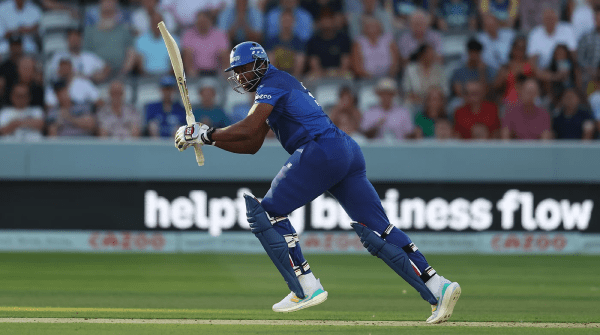
In the 2015 Indian Premier League match between the Mumbai Indians and Kings XI Punjab, Kieron Pollard was the beneficiary of an unfortunate error made by one of the on-field umpires. When Pollard was caught at long-on, the umpire mistakenly declared it a no-ball because he believed Mitchell Johnson’s bowler had stepped over the crease. However, upon closer inspection via replays, it was revealed that Johnson’s foot was behind the line, meaning the catch should have stood. Despite this injustice, Pollard was able to capitalize on the situation, scoring an impressive unbeaten 50 runs and leading the Mumbai Indians to a crucial victory.
The Impact of Cricket Umpiring Blunders
Umpiring blunders in the IPL have far-reaching consequences, affecting the outcome of individual games and the tournament’s reputation. These errors can cast a shadow over the fairness and competitiveness of the league, leading to doubts about its integrity. Umpires are also under immense pressure to perform at their best, knowing that a single mistake can impact a team’s fortunes and, in turn, their careers. Many people call for improved technology to aid decision-making and reduce errors.
Technological Solutions
Cricket has seen a rise in the use of technology to enhance the level of umpiring over the years. The Decision Review System (DRS) and Hawk-Eye are two technological innovations employed to minimize errors and ensure the right decisions are made. DRS allows teams to challenge an umpire’s decision, while Hawk-Eye is a ball-tracking system that can accurately predict the ball’s trajectory, assisting in lbw and run-out decisions. These technologies have improved the overall standard of umpiring in cricket, helping to eliminate some of the most contentious and high-profile errors.
Conclusion
Acknowledging and learning from past umpiring blunders in the IPL is crucial for the continued growth and success of the tournament. As cricket evolves and embraces new technologies, investing in continuous improvement in umpiring is essential. By doing so, the integrity, excitement, and fairness of the game can be maintained, ensuring that the IPL remains a premier showcase of cricketing talent and a thrilling spectacle for fans worldwide. Like the players they officiate, Umpires must strive for excellence, knowing that their decisions can shape the outcome of matches and, ultimately, the course of cricket history.
For more fascinating cricket articles and analysis like this, visit our website regularly. Don’t miss out – explore our content today!
Suggested post:
Cinderella Stories: 5 Underdog IPL Teams That Defied All Odds

